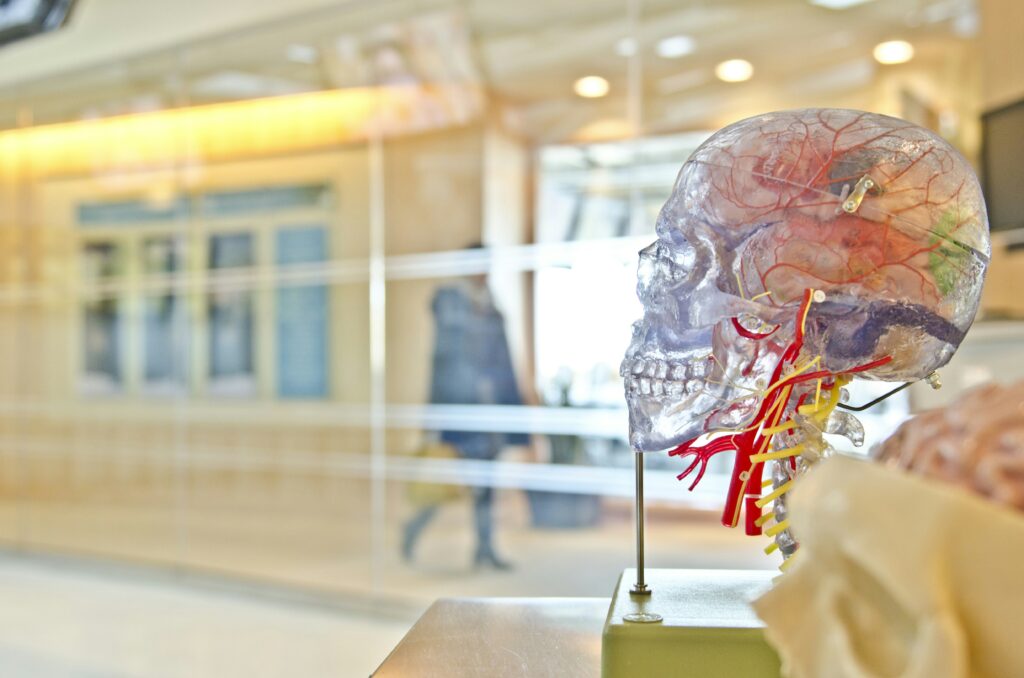
As brain tumors develop, they exhibit distinct growth behaviors: either exerting mechanical force by pushing against the brain or infiltrating surrounding tissues with finger-like extensions. Recent research has revealed that tumors exerting mechanical pressure tend to cause more significant neurological dysfunction. However, new findings suggest that these growth patterns could offer further insights into patient care strategies.
A collaborative team from the University of Notre Dame, Harvard Medical School/Massachusetts General Hospital, and Boston University has pioneered a technique to measure a brain tumor’s mechanical force and developed a model to estimate the extent of brain tissue loss in patients. Published in Clinical Cancer Research, the study outlines how these measurements could be integrated into surgical workflows, potentially transforming patient management.
Revolutionizing Surgical Procedures
During brain tumor removal surgeries, neurosurgeons traditionally send a tumor sample to a pathologist to determine its type. This differentiation is crucial as primary brain tumors like glioblastoma require different post-surgical treatments compared to metastatic tumors from other organs. Meenal Datta, assistant professor at Notre Dame and co-lead author of the study, emphasized the significance of this advancement.
“By adding a two-minute step to a surgeon’s procedure, we were able to distinguish between a glioblastoma tumor versus a metastatic tumor based on mechanical force alone,” said Datta.
The research involved data collection from 30 patients, utilizing preoperative MRIs and Brainlab neuronavigation technology during craniotomies. This technology provides real-time, 3D visualization, aiding surgeons in measuring brain swelling caused by tumor-induced mechanical forces.
Understanding Tumor Dynamics
The study’s findings revealed that when mechanical force displaces brain tissue, swelling is more pronounced. Conversely, when tumors invade and replace tissue, swelling is less significant. This distinction is crucial for developing computational models that help doctors assess the mechanical force exerted by tumors and the corresponding brain tissue loss.
Funded by the National Institutes of Health and the National Science Foundation, this research is pioneering in demonstrating the role of mechanics in distinguishing tumor types. Datta highlighted the clinical implications of understanding a tumor’s mechanical force.
“Knowing the mechanical force of a tumor can be useful to a clinician because it could inform patient strategies to alleviate symptoms,” Datta explained. “We’re hoping this measurement becomes even more relevant and that it can help predict outcomes of chemotherapy and immunotherapy.”
Implications for Treatment and Research
To further explore the implications of mechanical force, the research team employed animal models of various brain tumors, including breast cancer metastasis, glioblastoma, and childhood ependymoma. In the breast cancer model, a reduction in mechanical force was observed before any visible change in tumor size, suggesting that mechanical force could be a more sensitive indicator of chemotherapy response.
“In this model, we showed that mechanical force is a more sensitive readout of chemotherapy response than tumor size,” Datta noted. “Mechanics are sort of disease-agnostic in that they can matter regardless of what tumor you are looking at.”
Datta and her colleagues hope that the patient models developed in this study will further the understanding of how mechanical forces can enhance patient care management. The research team includes co-lead authors Hadi T. Nia, Ashwin S. Kumar, and Saeed Siri, along with collaborators from Massachusetts General Hospital and Harvard Medical School.
Looking Ahead
As the study gains traction, it opens new avenues for integrating mechanical measurements into routine clinical practice. Datta, affiliated with multiple research institutes at Notre Dame, envisions a future where these insights lead to more personalized and effective treatment strategies for brain tumor patients.
This groundbreaking research not only enhances our understanding of tumor mechanics but also sets the stage for novel therapeutic approaches that could significantly improve patient outcomes. As the medical community continues to explore these findings, the potential for transforming brain tumor care becomes increasingly promising.







